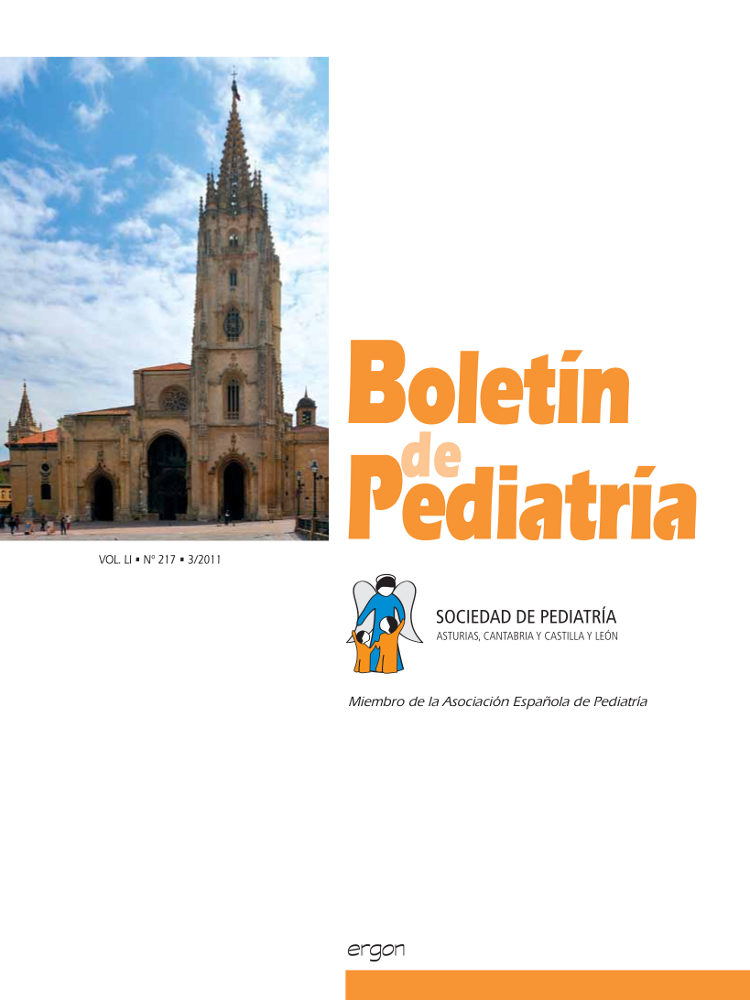Abstract
Objective. This work aims to provide an up-date on the knowledge regarding congenital disorders of glycosylation (CDG) of proteins in aspects on pathogeny and clinical manifestations.
Development. We performed a review of the literature, considering the historical course of these diseases, biochemical and genetic bases that permit their classification and the clinical manifestations. Special emphasis is placed on the description of the CDG Ia variant, the most frequent form, describing the three evolutive states: infantile multisystem late-infantile and adult. Briefly, we comment on the
characteristics of the CDG Ib and CDG Ic variants.
Conclusions. CDG is an emerging disease that, given its clinical heterogeneity, should be suspected in all patients with an unexplainable neurological picture, especially if it is accompanied by psychomotor retardation, hypotony and epilepsy, if it associates hepatic alterations of coagulation disorders and in cases of cerebellar hypoplasia or pontocerebellar and olive hypoplasia appearing in the neonatal period.

This work is licensed under a Creative Commons Attribution-NonCommercial 4.0 International License.
Copyright (c) 2011 Boletín de Pediatría
